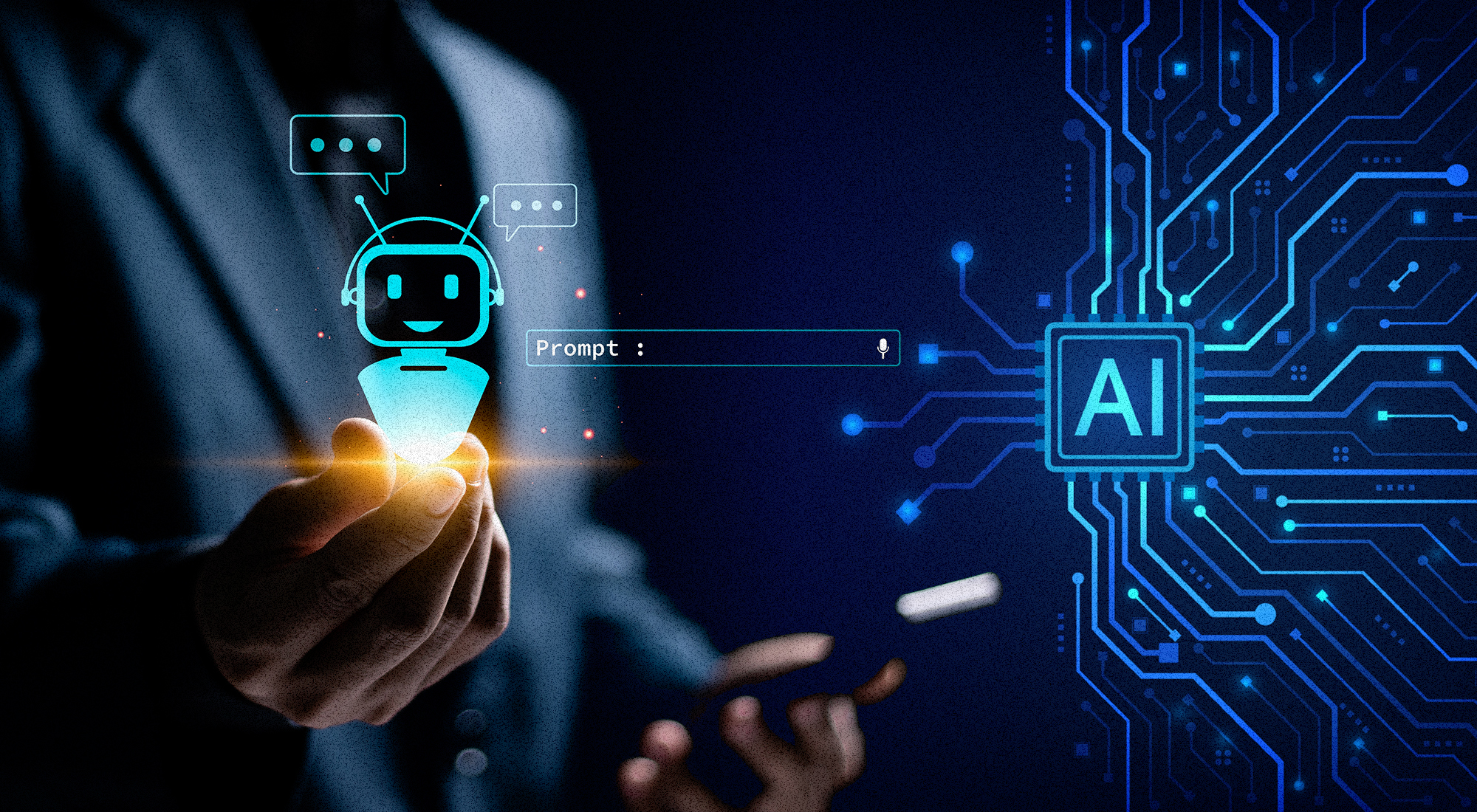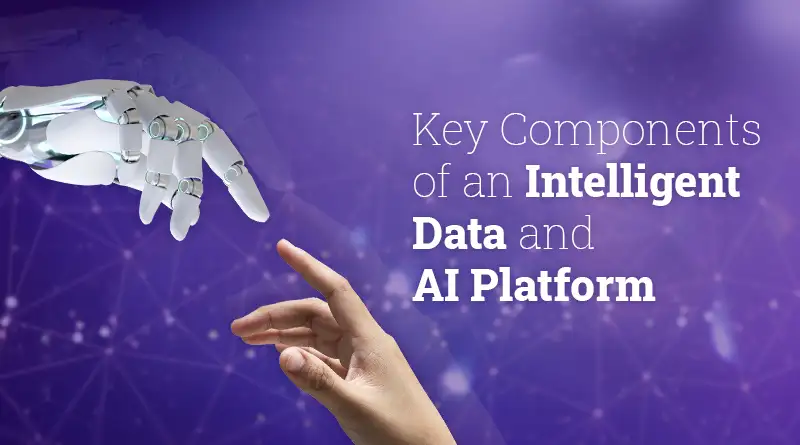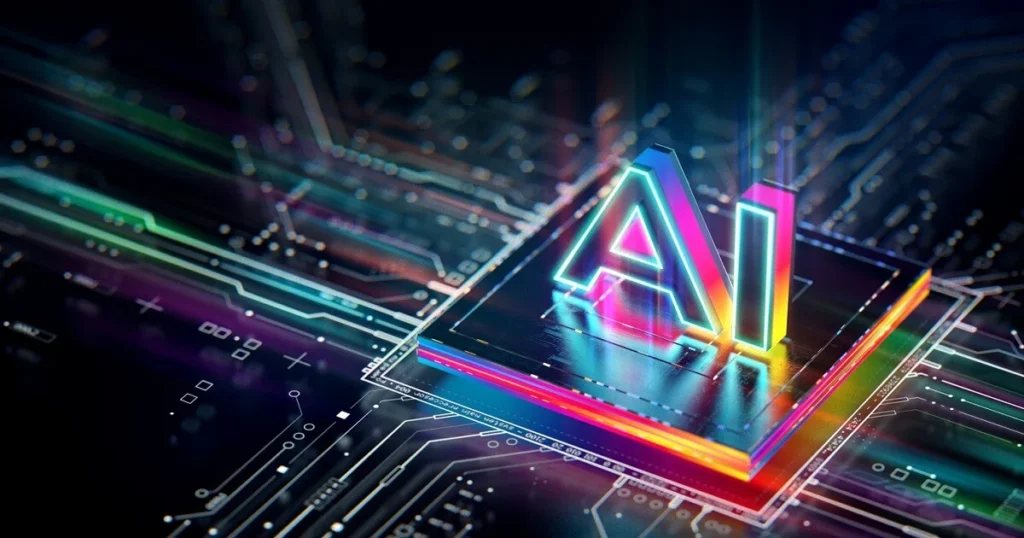Physical Address
304 North Cardinal St.
Dorchester Center, MA 02124
Physical Address
304 North Cardinal St.
Dorchester Center, MA 02124

Artificial intelligence is reshaping our world, moving from the pages of science fiction into our daily lives. It powers the recommendation engines on our favorite streaming services, assists doctors in diagnosing diseases, and even helps us navigate traffic. But what exactly is artificial intelligence? At its core, AI involves creating computer systems that can perform tasks that typically require human intelligence. This includes learning, reasoning, problem solving, perception, and language understanding.
This article will explore the multifaceted world of AI. We will delve into its core concepts, examine its real-world applications, and discuss the profound impact it’s having on society. We will also look at the challenges and ethical questions that come with this powerful technology, providing a comprehensive view of its present and future.
To grasp the full scope of artificial intelligence, it’s essential to understand its fundamental types and the techniques that power it. AI isn’t a single entity but a broad field with various branches, each with its own specific strengths and applications.

AI is generally categorized into two main types: Narrow AI and General AI.
At the heart of AI are sophisticated algorithms and models that enable machines to “think” and learn. Developers use various problem-solving techniques in AI to tackle complex challenges. These methods are the building blocks that allow an AI system to analyze data, identify patterns, and make decisions.
One of the most crucial approaches involves heuristic search techniques in artificial intelligence. Unlike algorithms that guarantee the best solution by exploring every possibility, heuristics use practical, shortcut-based methods to find a good-enough solution quickly. Think of it as a mental shortcut or an educated guess. This is particularly useful in complex scenarios where finding a perfect answer is computationally impossible or would take too long.
Another important area is soft computing techniques. This approach embraces imperfection and uncertainty, mimicking human decision-making. It includes methods like fuzzy logic, neural networks, and evolutionary computation. Soft computing is ideal for problems that are difficult to model with precise mathematical formulas, such as recognizing handwriting or understanding natural language.
The influence of artificial intelligence is growing across every industry. From startups like aitech innovations india private limited to established giants, companies are leveraging AI to innovate and gain a competitive edge. This technology is not just about automation; it’s about augmenting human capabilities and creating new possibilities.

Businesses are using AI to optimize operations, enhance customer experiences, and drive growth. Smart source technologies are being deployed in supply chain management to predict demand, manage inventory, and optimize logistics. In manufacturing, computer vision tools & technology powered by AI are used for quality control, detecting defects with a level of accuracy that surpasses human inspection. Companies like champion software technologies ltd and fine soft technologies are developing custom AI solutions to help businesses streamline their processes. The goal for many is to become part of the a1 future technologies landscape, leading the charge in innovation.
Beyond the corporate world, AI holds immense promise for addressing some of humanity’s biggest challenges. For instance, consider the major problems in India that can be solved by technology. AI can be used to improve agricultural yields through precision farming, make healthcare more accessible in remote areas through AI-powered diagnostics, and manage traffic congestion in sprawling urban centers. The drive to use technology for positive change is a common theme, often explored in an essay on technology in English or discussed in local languages. For example, understanding the technology meaning in Gujarati (પ્રોદ્યોગિકી) or the technique meaning in Gujarati (તકનીક) helps bring these complex concepts to a wider audience.
While the benefits are significant, the rise of AI also brings challenges and ethical dilemmas that we must navigate carefully. A balanced discussion must acknowledge the potential downsides, similar to how one might outline 10 disadvantages of technology in a broader context.
One of the most pressing concerns is algorithmic bias. AI systems learn from the data they are trained on. If that data reflects existing societal biases, the AI will learn and even amplify them. This can lead to unfair outcomes in areas like hiring, loan applications, and even criminal justice. Ensuring fairness and eliminating bias from AI systems is a critical area of research.
The fear that AI will lead to mass unemployment is widespread. While AI and automation will certainly transform the job market, the reality is likely to be more nuanced. Some jobs will be automated, but new ones will be created. The focus will shift toward roles that require creativity, critical thinking, and emotional intelligence skills that are uniquely human. Continuous learning and reskilling will be essential for the workforce of the future.
AI systems often require vast amounts of data to function effectively, raising significant privacy concerns. How is our data being collected, used, and protected? The proliferation of AI also creates new security vulnerabilities. Malicious actors could potentially use AI for cyberattacks, to create convincing “deepfakes” for misinformation campaigns, or to develop autonomous weapons. Establishing strong regulatory frameworks and security protocols is vital.
The field of artificial intelligence is advancing at an incredible pace. What was once theoretical is now practical, and what seems like science fiction today may be a reality tomorrow. Forward-thinking companies, often described as think next technologies, are constantly pushing the boundaries of what is possible. From developers at inlogic technologies to academic researchers, thousands of bright minds are working on the next generation of AI.
The long term impact of technology is something we are only beginning to understand. Artificial intelligence stands as perhaps the most transformative technology of our time. It has the potential to solve some of our most complex problems, unlock new frontiers of scientific discovery, and enhance human creativity.
However, realizing this positive future requires a thoughtful and responsible approach. It means fostering public dialogue, developing ethical guidelines, and ensuring that the benefits of AI are shared broadly across society. By understanding both the potential and the pitfalls, we can work together to steer the development of artificial intelligence in a direction that serves all of humanity.